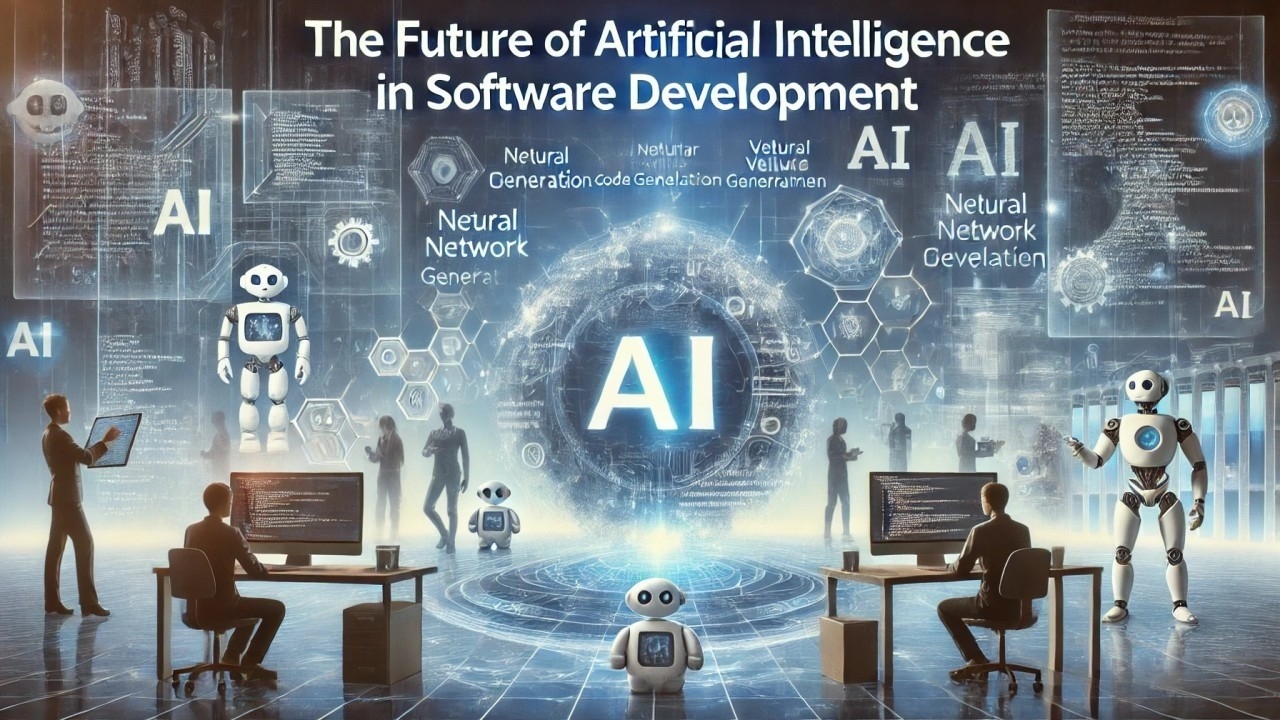The software world is undergoing a transformation unlike any before. What began as static systems designed to execute predictable tasks is now evolving into something dynamic, adaptive, and almost alive. Artificial Intelligence is not just changing how applications work but redefining what software even is. Instead of simply reacting to user commands, modern applications anticipate, learn, and evolve alongside the people who use them.
Software That Learns and Adapts
The traditional software model relied on pre-programmed logic. Every function had to be designed, tested, and updated manually. With AI integration, that model is fading fast. Today’s software systems can analyze patterns, learn from behavior, and modify outputs without developer intervention.
Consider how streaming platforms now predict content based on subtle behavioral shifts, or how financial applications analyze transaction data to offer smarter budgeting tips. These systems are no longer just tools—they’re intelligent collaborators in decision-making.
Context Is the New Interface
In the AI-first world, context defines user experience. Rather than asking users to navigate menus or input data repeatedly, software now gathers contextual signals from various sources—voice tone, facial expressions, location data, and even physiological inputs from wearables. The result is a layer of intelligence that transforms static screens into responsive systems capable of understanding intent.
This context-driven evolution is quietly rewriting design principles. Apps are now expected to communicate more naturally, reduce friction, and respond with empathy. It’s not just about usability anymore; it’s about understanding.
The Rise of Autonomous Software
Imagine software that can fix its own bugs, adjust its performance in real time, or adapt its interface to match a user’s level of expertise. That’s the trajectory we’re moving toward. These autonomous systems leverage AI to manage their operations, update themselves continuously, and maintain reliability without downtime.
In sectors like finance, healthcare, and logistics, such systems can drastically reduce operational inefficiencies. The concept of “self-healing” software—once a futuristic idea—is now becoming a standard expectation.
Human-Centered Intelligence
For all the advancements in automation, the best AI-powered systems are those built around human needs. Instead of replacing decision-making, AI amplifies human capability. For example, a sales application might analyze team communication data to recommend better outreach timing, while a medical app could alert practitioners to early signs of patient risk.
This balance between automation and empathy is shaping the next generation of software—intelligent yet intuitive, efficient yet humane.
Why This Matters for Developers
As technology shifts, so must development practices. Building static applications is no longer enough. Developers must now think in terms of systems—ecosystems that adapt, learn, and grow. The skill set for the modern engineer blends data science, behavioral psychology, and design thinking.
Many teams, including Austin app developers, are reimagining what development means in this era. Their approach focuses on creating modular, AI-integrated systems that evolve through real-time learning rather than traditional updates. This mindset is fueling innovation across industries where adaptability and personalization are the new currency.
Data as the Living Pulse
Data is no longer just a byproduct of software; it is its lifeblood. Machine learning systems thrive on high-quality, continuously flowing data. Developers are prioritizing architectures that allow seamless feedback loops—where insights from user behavior instantly feed back into improving the system.
However, this evolution brings new responsibilities. With greater intelligence comes the need for greater transparency and security. Ethical AI practices, explainability, and compliance frameworks are becoming essential pillars of modern software development.
The Business Impact
Companies embracing this AI-first mindset are seeing measurable results. Personalized app experiences lead to higher engagement rates, dynamic systems reduce maintenance costs, and predictive analytics unlock new opportunities for revenue optimization.
Organizations that still rely on static applications are finding it harder to keep pace. Their products age faster, their user retention drops, and their innovation cycles slow down. The competitive edge now belongs to those who build adaptive, learning-driven platforms.
The Road Ahead
In the next decade, the distinction between “software” and “AI” will likely fade. Every application will possess some level of cognitive capability—an ability to perceive, interpret, and respond intelligently. Developers will move from writing code that tells software what to do to designing systems that decide what to do.
As this paradigm continues to evolve, success will hinge on how well companies integrate intelligence without sacrificing user trust or experience. The challenge isn’t just technical—it’s philosophical. The software of tomorrow must learn not only how to think, but how to care.
Final Thought
The AI revolution in software is not about replacing human creativity; it’s about expanding it. As applications transition from static programs to living systems, the true opportunity lies in creating software that mirrors the adaptability, intuition, and depth of human intelligence.
In the AI-first world, the future belongs to those who build not just apps—but ecosystems that learn, evolve, and grow alongside us.


